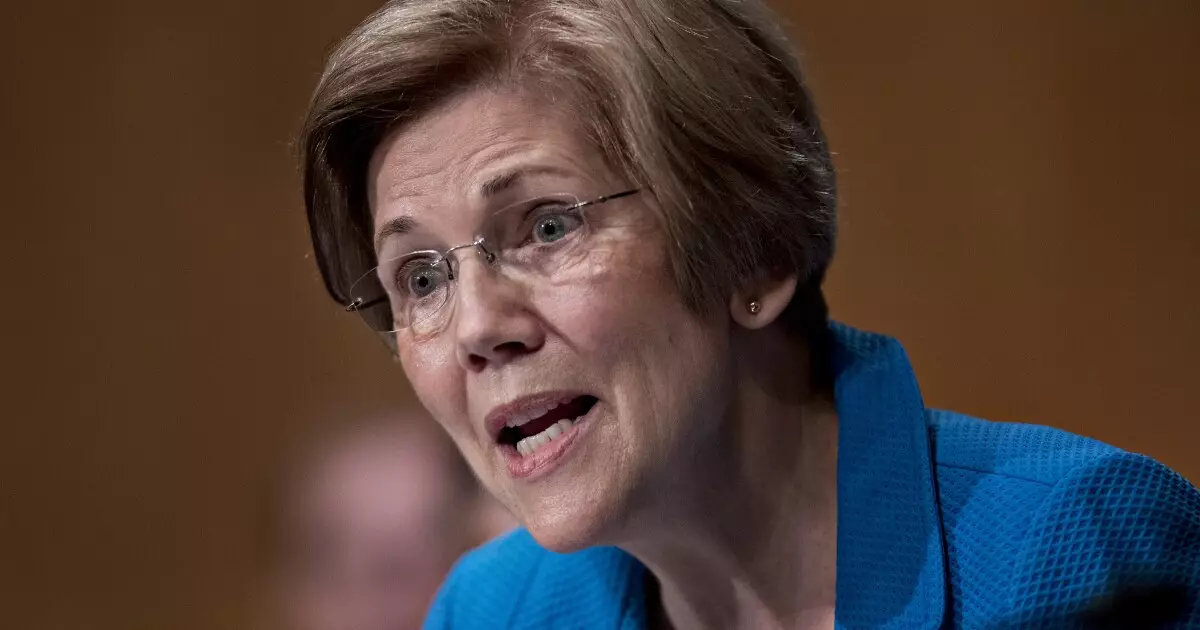In an era where climate change and urbanization collude to challenge traditional transportation infrastructure, the funding allocated for public transit remains on shaky ground. The Highway Trust Fund (HTF), integral to supporting public transit, faces a dire outlook as revenue streams are inadequately adjusted to meet the evolving needs of our cities. This trend is akin to placing a Band-Aid on a gaping wound: it provides minimal comfort while neglecting underlying issues that require comprehensive solutions. If we fail to address these funding shortfalls decisively, we risk relegating public transportation to the shadows of policy priorities, sacrificing its potential to promote sustainability and accessibility.
Political Maneuvering Over Needs
The political landscape surrounding transportation funding is fraught with intrigue, yet what remains bogged down in conjecture is the broader societal goal—efficient and accessible public transit. Take Rep. Rick Larsen’s assertion about preserving transit funding: while commendable as a sentiment, it veers dangerously close to a mere platitude without tangible implementation strategies. The proposal for a $250 annual electric vehicle fee and a $100 fee on hybrids as a remedy for HTF’s solvency highlights a fragmented approach. This piecemeal policy fails to engage stakeholders involved in transit and offers scant consideration of how such fees will impact everyday commuters. Under the guise of seeking a collaborative solution, lawmakers often overlook the necessity of including diverse perspectives and prioritizing community needs.
Misjudging Public Transit Safety
The remarks from Transportation Secretary Sean Duffy expose a troubling mindset within the administration. Duffy’s insistence on portraying public transit as a breeding ground for societal ills marks a severe misunderstanding of its significance. While safety is paramount, painting transit as a “place for the mentally ill” or potential criminals serves only to stigmatize public transportation and divert attention from systemic safety issues that must be tackled with care and compassion. Transit systems are not merely a means to an end; they are lifelines connecting diverse populations to economic opportunities and essential services. Reducing public transit to a local shelter reflects an ignorance that jeopardizes funding and the public’s perception of these essential services.
Rigidity in Transit Funding Guidelines
As much as policymakers emphasize “flexibility” in how transit funding is utilized, the truth is that established guidelines often restrict innovation. The push for maintaining a 20% allocation from the HTF to transit is emblematic of a broader critique against entrenched interests that perpetuate outdated models. The disconnect between reality and the proposed funding structures is alarming; it demonstrates how archaic frameworks fail to address the unique challenges of evolving urban environments. In a world that increasingly demands sustainable solutions, sticking to old formulas limits the potential of creative, multimodal transportation systems that reflect the needs of today’s urban residents.
Enter the EV Dilemma
The emergence of electric vehicles (EVs) as a point of contention in transit funding discussions shrouds public interests in ambiguity. Proposals that require EV users to bear the burden of supporting the HTF might appear practical at first glance, but in reality, they spell further complications. By pitting electric and hybrid vehicle owners against those who rely on public transit, a dangerous division is sown among stakeholders. This strategy may appease some legislators eager to address funding deficits, yet it barely scratches the surface of what must evolve in a truly integrated transportation system.
The Future of Transit Requires a Paradigm Shift
Navigating this delicate landscape calls for a paradigm shift that embraces inclusivity rather than division. A robust public transit system is only possible when its funding mechanisms evolve alongside societal demands. Policymakers must prioritize stakeholder engagement and push for forward-thinking solutions that transcend traditional boundaries, focusing on an integrated transportation experience that benefits all citizens, regardless of their mode of transport. The future of public transit hangs in the balance; it is time to act decisively or risk succumbing to a future plagued by inefficiency and neglect.

